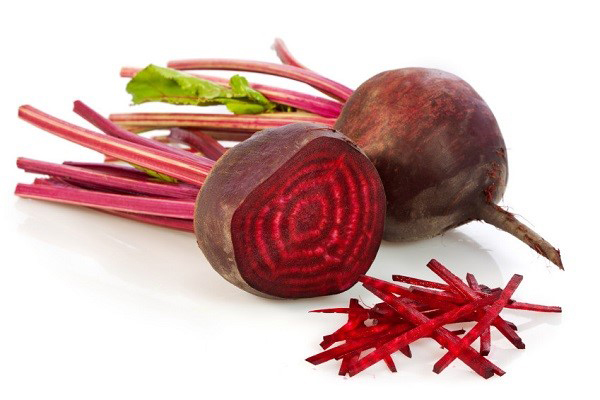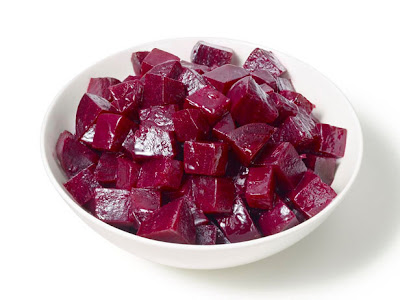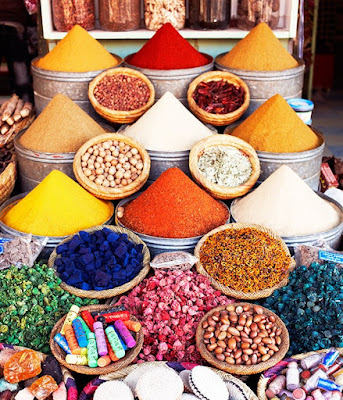Before
now, you probably thought storing your cosmetics effectively was a simple
matter of ensuring they don’t go spilling out of your make-up bag to the floor
and probably breaking. But where you keep your beauty products can impact on
their effectiveness, says beauty experts at Baazar.
And it turns out there are only three places you should keep them.
The
Fridge
Products
to be kept in the fridge include your eye cream or gel, your Aloe Vera gel, and
your nail polish. Storing your eye cream or gel in the fridge could help
tighten blood vessels beneath your eyes (due to the cold temperature) and thus
reduce swelling. Aloe Vera in the fridge will cool the skin down on
application; and putting your nail polish in the fridge can help the paint stay
thin and even for application, while preserving the colour for longer.
A
Cool Dark Place
Store
your eyeliner, sun scream, mascara, lipsticks and fragrance in a cool dark
place. Despite suggestions that storing your eye make-up will increase their
shelf life, you generally shouldn’t, as bacteria in make-up can cause eye infections
or irritation; store in a cool dark place instead. The same is true for your
lipsticks and fragrance. Lipsticks need to be stored in a cool, dry place, as
too much heat exposure can cause them to break down and decompose over time. As
for your fragrance, it’s important to always store them in a cool dark place
with the cap tightly shut onto the bottle because exposure to heat and humidity
can alter the aroma and affect the essential oils.
Somewhere
Dry
Powder
products from your eye shadows to bronzers, can be stored anywhere that is dry
as humidity can cause powders to turn saturated and cakey, so do not store them
in the bathroom. Another beauty product you shouldn’t store in the bathroom or
anywhere humid is your blending sponge. The steam from your shower or bath can
condense on the surface of these cosmetics, and can produce mould. After
cleaning your blending sponges, leave them to air-dry outside of the bathroom.
Finally,
always be mindful of the expiry dates of your products, and look for the open
jar symbol with a number beside it. This stands for the number of months you
can keep it once it’s opened. After this time period, it’s time to replace it.
By Akaomachi B





















